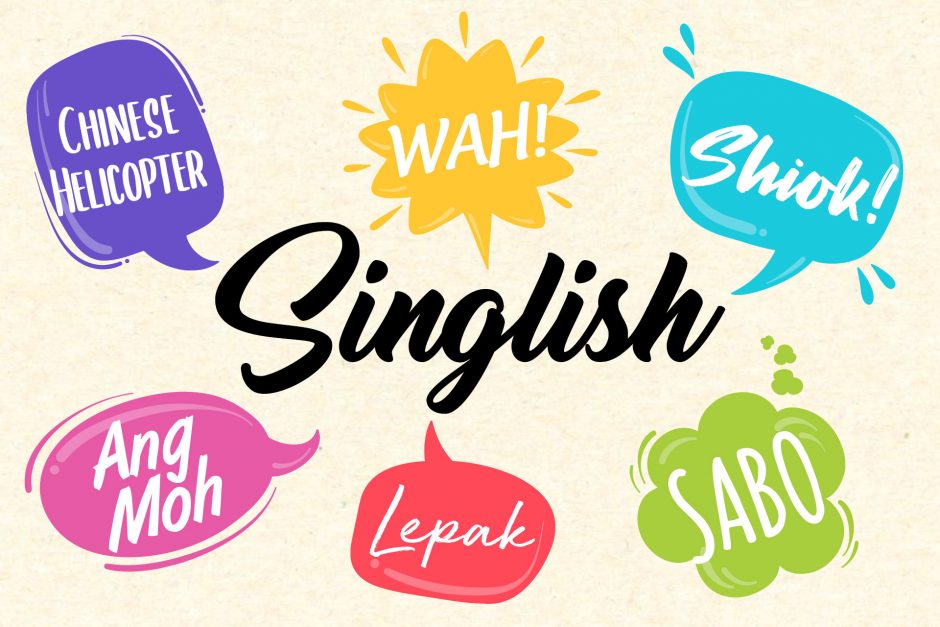Singapore is an island with a rich pre- and post-colonial history that shaped most of its culture, food and language. From the late 1200 to 1800 AD, it was a trading port known as Temasek, and a spot of contention between ancient Siamese, Indonesian and Malay kingdoms until the Johor Sultanate finally took it over. Even then, the island had settlers and traders of many ethnicities. The British governor Stamford Raffles arrived in the late 1800s, and through exploiting the court disputes of the Johor Sultanate, successfully established the island as a trading base of the British India Company to challenge the Dutch colonials’ influence within the region. Thus, Singapore was founded; though eventually gaining its own independence post-WW2 as a republic, breaking away from the newly formed Malaysia in 1965.
All that gave birth to an industrious, multicultural people who had built and progressed the port city into the small but prosperous nation today; and with them, came to Singaporean English or Singlish – a colloquial pidgin of Hokkein, Teochew, Cantonese, Tamil, Malay and English. If you’ve ever been to Singapore, you’ve probably heard it before. A unique mix of slangs and words with a strange English-based linguistic structure. Although the official national languages are Standard English, Malay and Mandarin, with many efforts by the local government to emphasize the use of ‘proper language’ in mass media, Singlish has always been the ‘glue’ that brought all local ethnicities together. Undoubtedly the most defining aspect of Singaporean culture; spoken by people from all walks of life, from homes and streets to markets, eateries and workplaces.
In recent years, many local academics took it upon themselves to study, dissect and analyse Singlish. Even the Wikipedia entry is surprisingly extensive. But perhaps the most unexpected turn of events is the inclusion of Singlish words and terms into the official Oxford English Dictionary since March 2016.
So, you might want to learn them for your next visit to Singapore!
Here’s the list:
Ang Moh – foreigner, specifically ‘white people’. Similar to ‘Farang’ in Thai.
Blur – to be confused or uninformed.
Char Siu – the delicious Chinese roast pork.
Chilli Crab – a signature Singaporean recipe.
Chinese Helicopter – a Chinese-educated person unfamiliar with the English language.
Hawker Centre – an open-air food court with multiple stalls that offer a vast variety of local cuisines.
HDB – High-rise public housing estates built and managed by the Housing and Development Board of Singapore.
Killer Litter – Objects thrown or falling from high-rise buildings that endanger the people below.
Lepak / Lepaking – To loiter, relax or hang out.
Shiok – Cool, great, exciting, amazing, delicious fun, or superb.
Sabo – To cause inconvenience, trouble, harm. To play a trick or prank others.
Sabo King – Trickster, prankster, or troublemaker; especially to gain personal advantage.
Sotong – Originally means cuttlefish, squid or octopus in Malay. In Singlish, it refers to a clumsy, stupid or ignorant person. Most commonly used in the phrase ‘blur like sotong’.
Teh Tarik – Meaning ‘Pulled Tea’ in Malay. A sweetened milk tea, made by pouring repeatedly between two containers to produce a thick foam on top. A popular Malaysian and Singaporean drink.
Wah – Exclamation at the start of a sentence to express admiration, encouragement, delight or surprise. Similar to ‘Wow’.
Wet Market – Market for fresh meat, seafood and veggies. Besides Singapore, all Southeast Asian countries have them.






You must be logged in to post a comment.